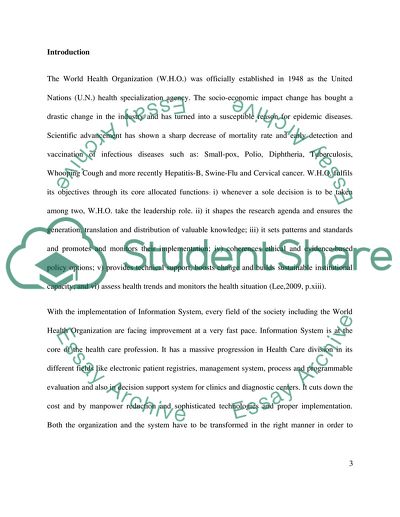Cite this document
(World Health Organization and Health Information Systems Research Paper, n.d.)
World Health Organization and Health Information Systems Research Paper. Retrieved from https://studentshare.org/health-sciences-medicine/1750256-world-health-organization-and-health-information-systems
World Health Organization and Health Information Systems Research Paper. Retrieved from https://studentshare.org/health-sciences-medicine/1750256-world-health-organization-and-health-information-systems
(World Health Organization and Health Information Systems Research Paper)
World Health Organization and Health Information Systems Research Paper. https://studentshare.org/health-sciences-medicine/1750256-world-health-organization-and-health-information-systems.
World Health Organization and Health Information Systems Research Paper. https://studentshare.org/health-sciences-medicine/1750256-world-health-organization-and-health-information-systems.
“World Health Organization and Health Information Systems Research Paper”, n.d. https://studentshare.org/health-sciences-medicine/1750256-world-health-organization-and-health-information-systems.


